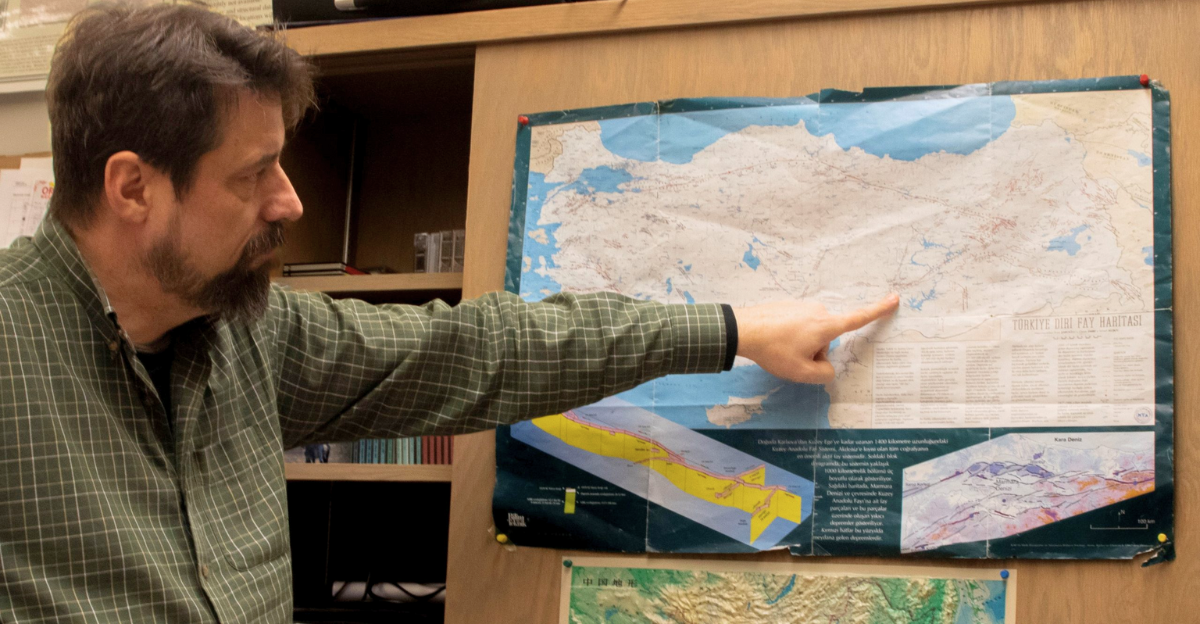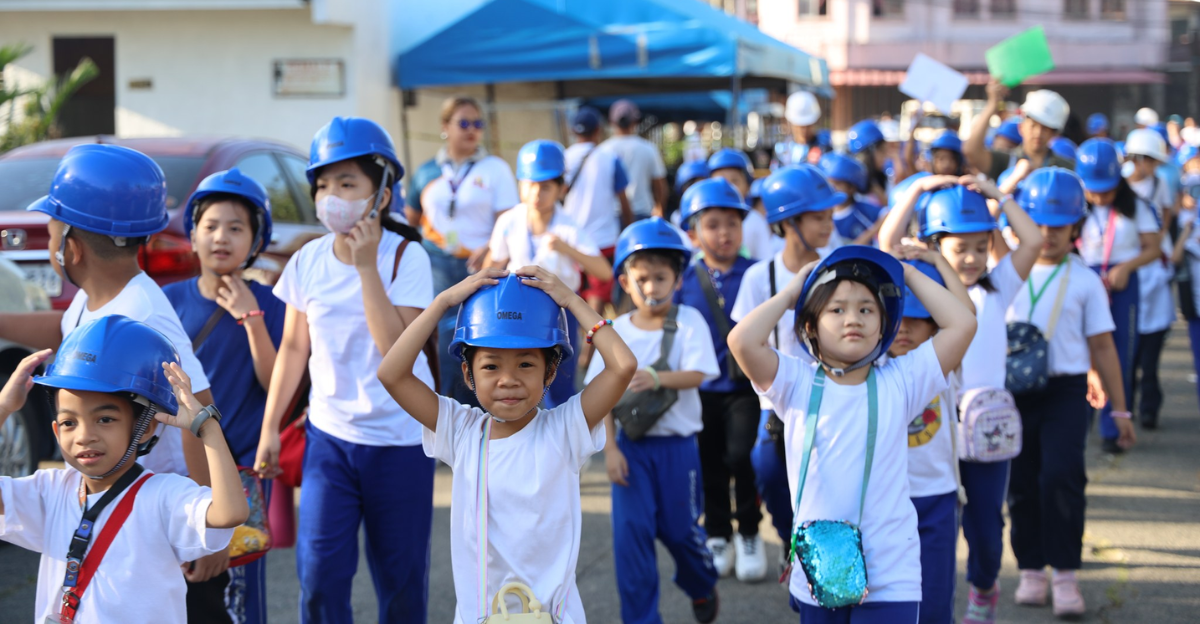
The Pacific Northwest of the United States, known for its gorgeous coastlines and vibrant cities, is quietly facing a looming natural threat that could change the landscape in an instant. Underneath that placid surface, a massive geological tension is building along a fault line that extends for hundreds of miles from northern Vancouver Island to northern California.
Scientists and experts warn that this tension could soon unleash a catastrophic earthquake, one so powerful that it would reshape the landscape, flood coastal communities, and disrupt millions of lives.
Despite the region’s relative calm today, the risks are real and growing, yet much of the public does not know, and simply is not prepared, for what may come. It is a silent threat and requires immediate vigilance and preparedness.
Not Limited to One Area

The threat posed by this seismic event is not limited to one city or state – it spans an entire region, putting millions of people at risk. From the bustling metropolitan areas of Seattle and Portland to smaller coastal towns, the potential earthquake could trigger widespread destruction.
Bridges, highways, power grids, and water systems could be badly damaged, if not demolished, potentially stranding communities and leaving them vulnerable. Emergency services might be overwhelmed, and the economic fallout would ripple across the country. This is not a distant possibility but a present concern that calls for immediate awareness and preparation.
Historical Context

The Pacific Northwest has a long history of seismic activity, and the last major earthquake along this fault line was more than 300 years ago in 1700. The event was so powerful that it created an enormous tsunami that swept away coastal villages and reshaped the shoreline.
Oral histories of the indigenous population and geological records bear out the profound impact of that quake. Today, the recollection of that disaster has become a sobering reminder of the power of nature and the frailty of modern cities built on the same fault line. This connection to the past adds emotional weight to warnings of what might occur again — and soon.
Understanding the Geological Decline

Scientists predict that when the fault ruptures, the land along the coast could suddenly sink by as much as six feet, a process called coastal subsidence. This rapid subsidence would increase the risk of catastrophic flash flooding, potentially submerging entire neighborhoods, roads, and critical infrastructure such as hospitals and emergency shelters.
The combination of violent shaking and land collapse would form the perfect recipe for disaster, making search and rescue efforts extraordinarily difficult. Understanding these geological processes is crucial to grasping the full scale of the possible disaster.
The Big One on the Cascadia Fault

The seismic threat comes from the Cascadia subduction zone, a massive fault that runs from Northern Vancouver Island to Northern California. There is about a 15% chance of an earthquake with a magnitude of 8.0 or greater within the next 50 years, according to experts.
The event, often called “The Big One,” would trigger violent shaking for a few minutes, much longer than is common in earthquakes. It may cause tsunamis as high as 40 feet and cause catastrophic damage to cities on the coast. The fault has been dormant for centuries, but pressure has been building beneath the surface.
Regional Impact

Its impact on cities like Seattle would be profound and immediate. Coastal land would drop more than six feet, flooding as many as 90,000 homes, businesses, and property of critical infrastructure such as airports, hospitals, and schools. Emergency services would have immense difficulty responding amid widespread power outages and damaged roads.
Outside of urban areas, the destruction would be even more pronounced among rural and indigenous people who would lose not only farmland but also natural habitats. The loss of human life would be enormous, thousands of people would be displaced, and it would take years to rebuild infrastructure. It would be a disaster that would affect every corner of the entire Pacific Northwest.
The Forecaster Behind the Warning

Brent Dmitruk, a Canadian earthquake researcher without formal seismology training, has received widespread media attention for his stunningly accurate predictions of earthquakes on social media. In 2024, he predicted a 7.0 earthquake to hit Northern California two months before it did, filling Twitter feeds with thousands of followers, some of whom could not quite figure out whether they should believe him or not.
Dmitruk’s approach relies heavily on pattern recognition and intuition, which he describes as a “gut feeling.” Some experts have been skeptical, but his warnings about the Pacific Northwest’s “Big One” have generated conversation and concern, especially as he predicts the earthquake could hit as soon as this coming summer or next year.
The Science and Skepticism

While Dmitruk’s predictions have attracted attention in the media, mainstream seismologists emphasize the difficulty of forecasting earthquakes with precision. The science relies on probabilities and long-term risk assessments rather than exact timing. Earthquake prediction is one of the most difficult areas of study today, and many factors are involved.
Experts generally agree that the Cascadia fault is overdue for a major quake, but it’s impossible to say when one might occur. Instead, they emphasize preparedness, encouraging communities to reinforce infrastructure and put emergency plans in place to mitigate potential loss of life.
Broader Implications and Preparedness

The consequences of a major Cascadia earthquake extend beyond shaking and flooding. A tsunami generated by the quake could be as high as 40 feet and could inundate coastal areas within minutes. This rapid onset reduces the chances of evacuation and emphasizes the importance of an early-warning system and public awareness.
First responders warn that communication and transportation networks may be severely disrupted, complicating rescue efforts. Preparing for such a disaster involves building resilient infrastructure, conducting community drills, and educating the public to help save lives when disaster eventually strikes.
What Can be Done?

The Pacific Northwest is due for a big one, and the focus must shift from prediction to preparation. Governments, businesses, and residents need to collaborate on strengthening buildings, upgrading response systems, and educating the public about evacuation routes and safety measures.
While the exact timing of “The Big One” is impossible to predict, the threat is undeniable. The question is whether the region can mitigate the damage and recover quickly when the fault finally ruptures. Proactive steps taken today could mean the difference between catastrophe and resilience tomorrow.
Explore more of our trending stories and hit Follow to keep them coming to your feed!

Don’t miss out on more stories like this! Hit the Follow button at the top of this article to stay updated with the latest news. Share your thoughts in the comments—we’d love to hear from you!







